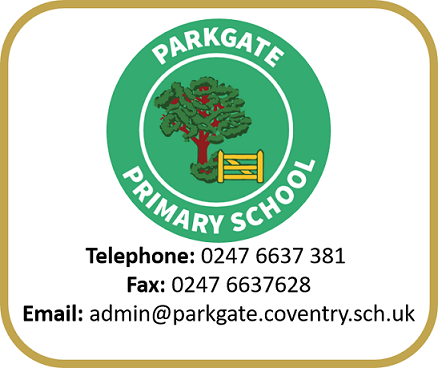Garden and Allotment
It was in the summer of 2019 that we decided to develop a garden at Parkgate, utilising an area of wasted space at the side of one of the playgrounds. We’d seen the news reports about children lacking knowledge of where their food came from and felt that we as a society had become very detached about food.
Read on to find out more about how and why it all began. Alternatively click here for the Garden Newsletters.
The garden was an opportunity, in the long run, for the children to learn in a real way, in an outdoor context, while also instilling an understanding of where their food came from and the importance of eating fruit and vegetables. We also wanted to use it to cover other topics: life cycles, flowering plants, pollination, adaptation, creative writing and report writing. We believed that plenty of subjects could be well taught in a garden, while increasing pupils’ activity levels and encouraging teamwork. With a second Forest School taking shape, with a 9-hole golf course and with further plans to develop the pond area, our own garden seemed like a welcome addition to the ever-expanding opportunities for children encompassed in outdoor learning.
The Eco-team researched local gardens and allotments to give them inspiration for what they might want from a school garden, and asked them to play a practical role. From this, their ideas included areas to grow fruit and vegetables, a wildlife pond complete with bridge for viewing, a hide to observe wildlife and a greenhouse / polytunnel.
The plans are for gardening to become a central part of the curriculum. With ideas of creative writing using the garden as the backdrop pupils can use the sights and sounds as inspiration. Or in maths, children can map out flower beds rather than relying on small-scale drawings in textbooks. Additionally, children can create charts and graphs of the growing produce. In Science and Geography children can record weather information from the weather station and chart its effects.
Exciting times with lots to think about! We were lucky enough that Governors bought into the vision. Allocating funds to the project this allowed us to get started. Rob Bromfield has been integral to the project. Having already set up something similar at President Kennedy, we knew we had a person with a vast knowledge, vision and passion to get us on our way.
The plan moving forward is to look at how we can recover some funds from the produce to re-invest. Community, in its various guises, is a big thing for us. Produce from the garden could be sold in a school shop, run by the children on weekdays. The aim long term is to begin selling produce, such as tomatoes, and potatoes to parents and others, and radishes, mint, and green salad to local restaurant, helping us to channel funds back into the garden. The extra funding has helped us to buy resources such as garden tools, bigger, costlier plants such as fruit trees and other basic materials to create things like raised beds.
The Food Growing in Schools Taskforce makes clear the wide ranging benefits of school gardens: learning, increased wellbeing and understanding of the natural environment. Its research suggests that schools and pupils are enriched by growing food and the behaviours acquired through such work. Researchers have also shown that outdoor learning can add value to everyday experiences in the classroom.
The garden is well on its way to transforming another area of the school and provided wonderful learning opportunities for the children!







